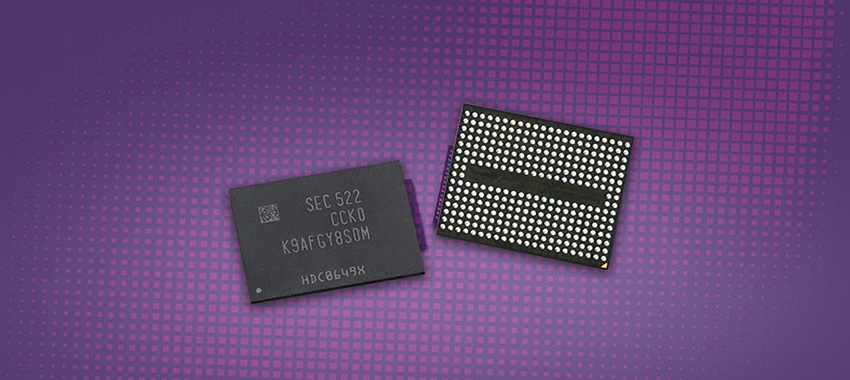Today Netlist, Inc. announced that they have entered into a five year Joint Development and License Agreement with Samsung Electronics Co., Ltd., to produce a new class of memory solution, NVDIMM-P (NV-P). NV-P is based off of Samsung’s NAND Flash and DRAM technology and Netlist’s pioneering work on HyperVault. This new technology is aimed at cloud computing, big data, and server and storage markets, but in order to facilitate adoption the two companies are currently working on a standardized product interface.
Today Netlist, Inc. announced that they have entered into a five year Joint Development and License Agreement with Samsung Electronics Co., Ltd., to produce a new class of memory solution, NVDIMM-P (NV-P). NV-P is based off of Samsung’s NAND Flash and DRAM technology and Netlist’s pioneering work on HyperVault. This new technology is aimed at cloud computing, big data, and server and storage markets, but in order to facilitate adoption the two companies are currently working on a standardized product interface.

NV-P operates in the memory channel (the fastest data path in a computer), and is a new class of NAND-based storage. NV-P is produced by combining Samsung’s NAND Flash and DRAM technology with Hypervault. Hypervault is industry’s first unified memory-storage architecture where low cost, high density NAND storage can achieve the performance of high cost, high speed DRAM memory. Hypervualt expands the capabilities of NAND so that they achieve near-DRAM performance and DDR4 compatibility with no system software modifications. The combination of the two technologies would deliver a cost-effective, superior performing storage solution.
Under the terms of the Agreement, Netlist will receive $23 million, consisting of $8 million in cash from Samsung Electronics and $15 million in the form of investment from Samsung Venture Investment Corporation. The first NV-P products will be aimed at faster tier storage.
Availability
The companies plan on sampling the technology with select costumers in 2016.
Sign up for the StorageReview newsletter
